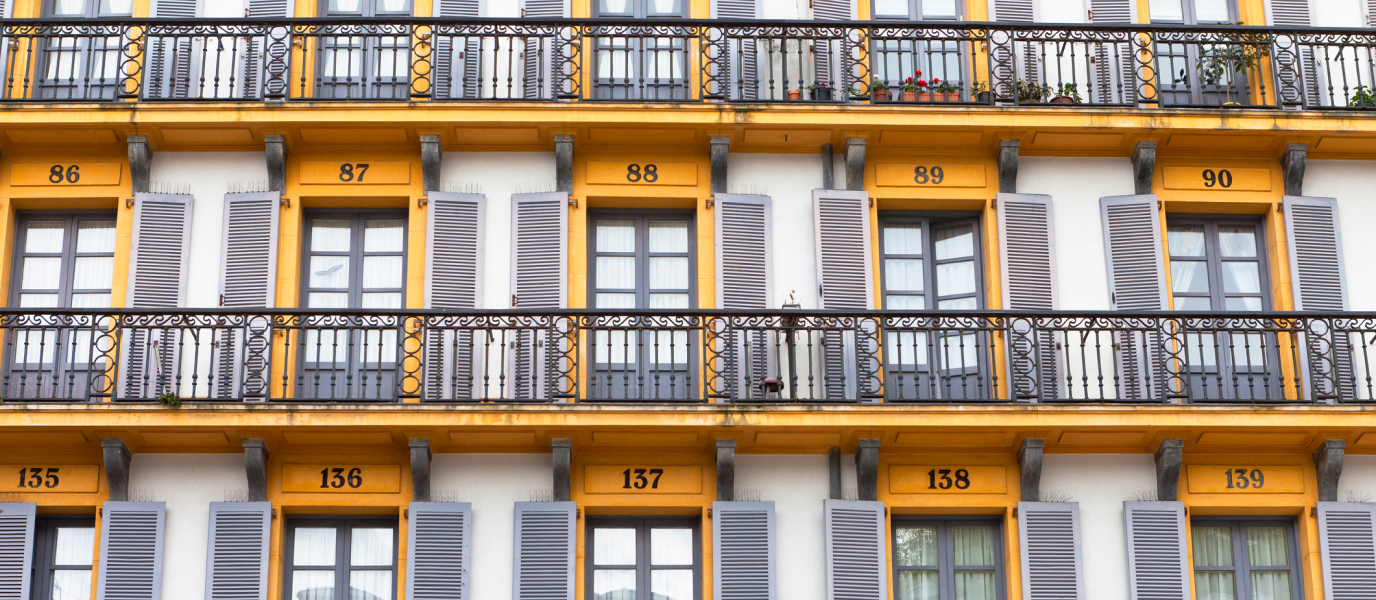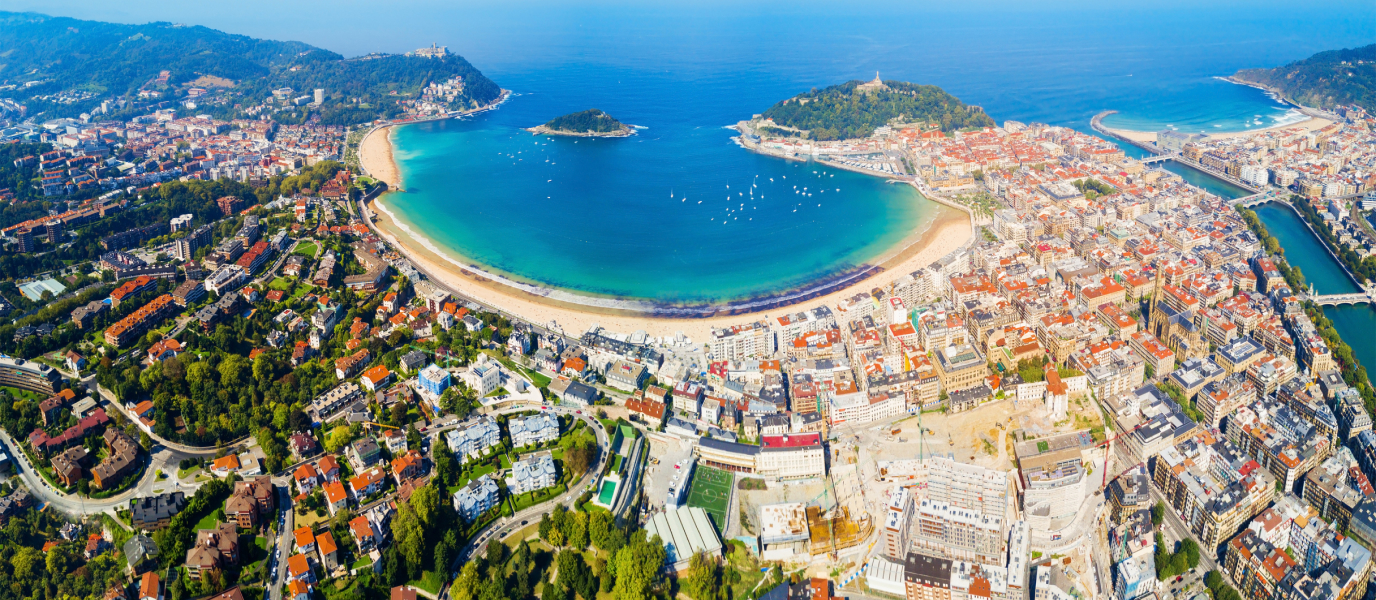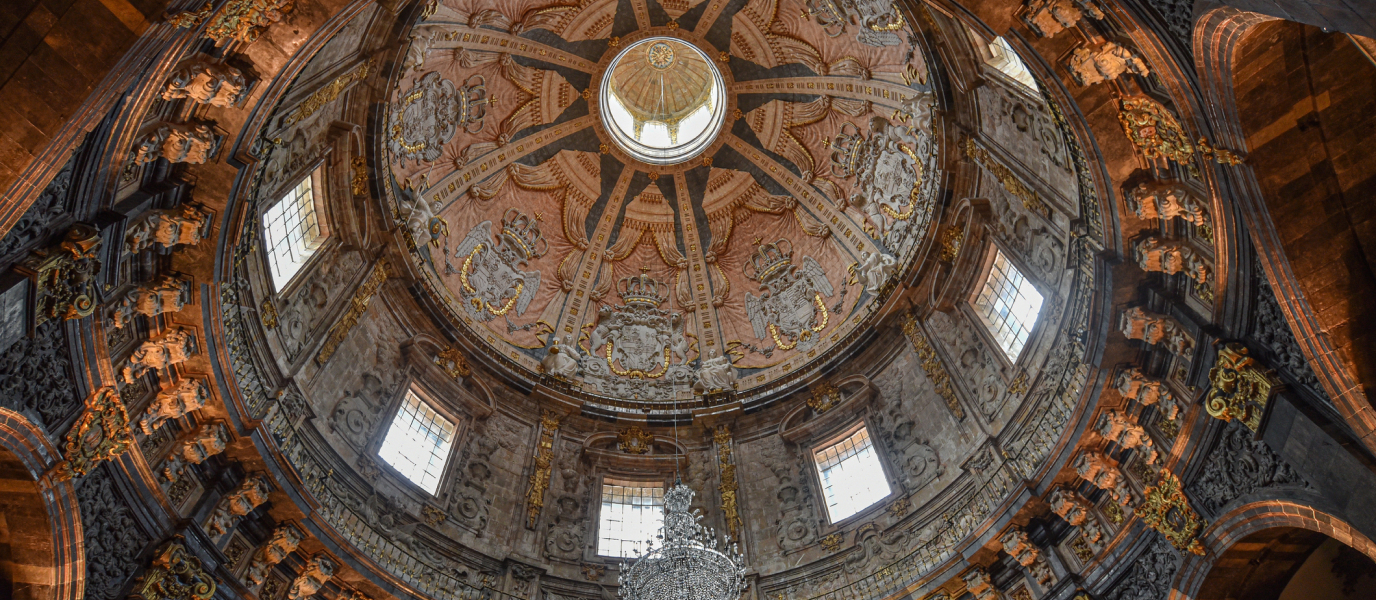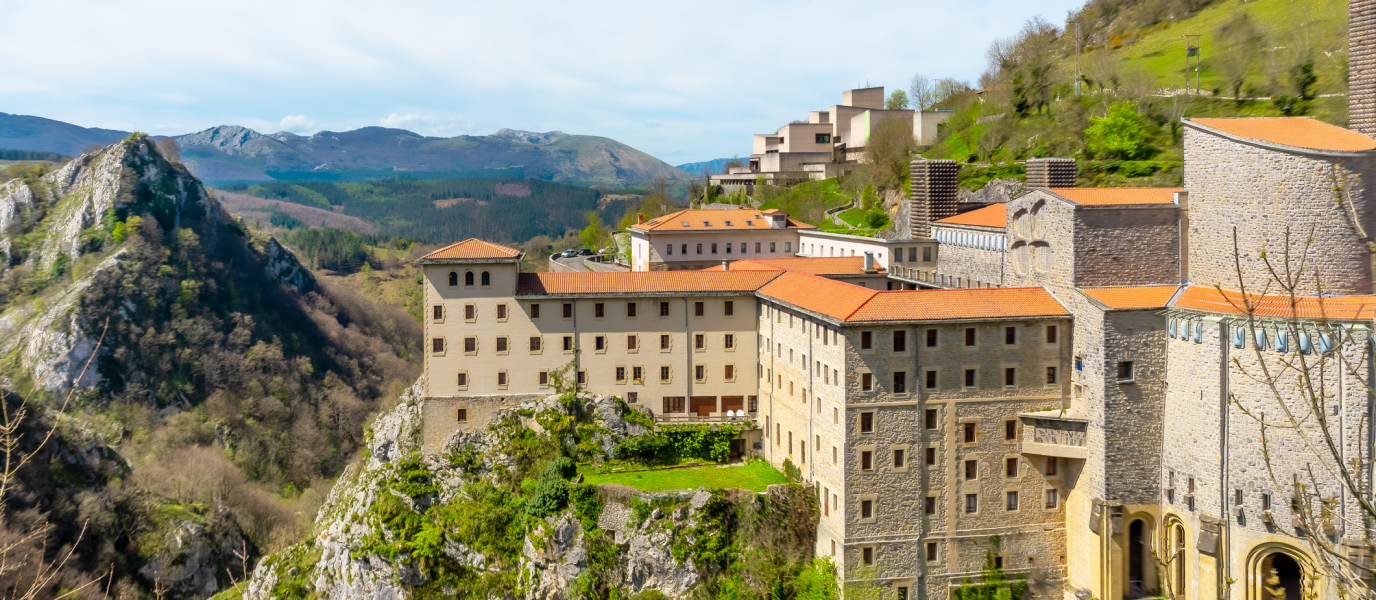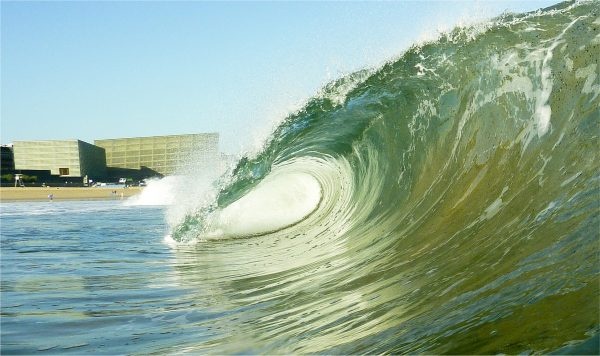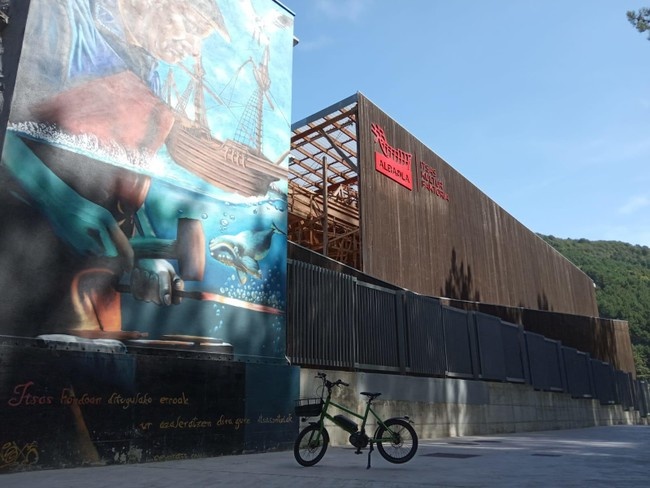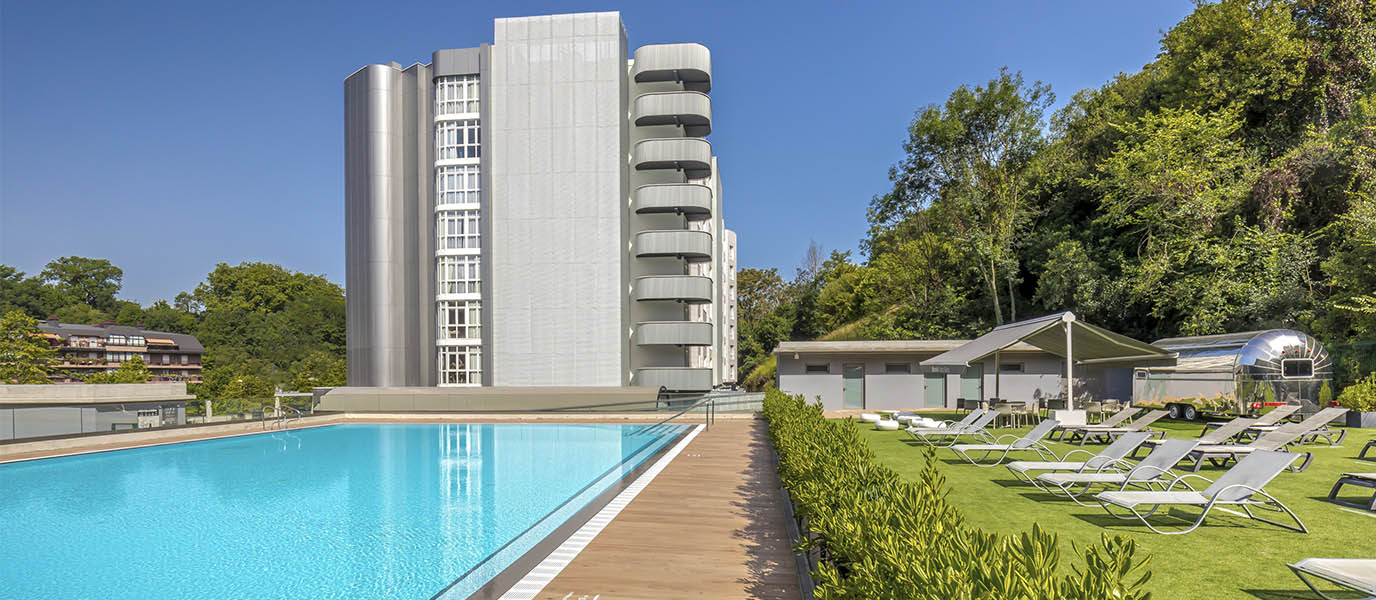The charming Plaza de la Constitución is located in the old town of San Sebastián (Link: San Sebastián’s old town) in the heart of the city. The most important events and celebrations are hosted here, such as the celebratory drum festival of the Tamborrada and the popular festival of Saint Thomas. The square is steeped in history and is located just 10 minutes from Playa de la Concha.
“La plaza de la Consti”, as it popularly known, is the epicentre of social life in the old town of San Sebastián and is a must-see attraction if you are visiting the city. The square is not just a historic beacon but also a culinary destination as it houses some of the best venues for pintxos in San Sebastián. What better way to enjoy the atmospheric and picturesque square than while sitting back in one of the sun-soaked terraces? You’ll discover Basque pintxo culture and the square’s singular architecture – a must-stop destination on your visit to the city!
A bullring from time past
Plaza de la Constitución dates from 1817 and was designed by the architect Urgantemendia, who was actively involved in the reconstruction of the city following the devastating fire that burned it to the ground in 1813. The most striking architectonic features of the neo-classical square are the arcade and the numbered balconies. Numbered balconies you may be wondering? Since it was once a popular bullring, spectators would rent the balconies to watch the bullfights.
The square stopped being used as a bullring when the more spacious and modern Plaza de Toros de Illumba was built, but it retains the numbered balconies, a testament of its bull-fighting past. The central building of the square is a magnificent neo-classical edifice with five columns distributed between the balconies and a grandiose perched atop the cornice. This was the Town Hall building until the local council moved its offices in 1947; it now houses the public library and city’s cultural department.
Pintxo-hopping around Plaza de la Constitución
Ideally placed in the heart of the city, Plaza de la Constitución is a popular launch-pad meeting point among locals. From there, it’s easy to explore the cobblestoned streets that make up the old town of San Sebastián and discover the wonderful pintxos served up at the taverns. When the sun comes out, terraces line the streets so grab a chair and unwind while you order some delicious traditional dishes – some of the best cuisine Spain has to offer.
San Sebastián is a gastronome’s dream destination for the abundance of taverns offering exquisitely-prepared pintxos around every corner. From family-run taverns, passed down from generation to generation, to more modern kitchens, you will discover the wonder of Basque products and cuisine. All establishments share the same tradition of displaying their mouth-watering pintxos in mountain-high piles across the entire bar – truly a feast for the eyes. We have to admit it won’t be easy to choose from so many equally delectable options. However, San Sebastián is not just about pintxos – you can enjoy many other dishes, such as melt-in-your mouth meat and ocean-fresh seafood. Truth be told you might need to loosen a button or two on the flight home.
The amazing drum festival of the Tamborrada
If you happen to be in San Sebastián on 20 January, you must head to Plaza de la Constitución to witness one of the most unique traditional celebrations in San Sebastián, alongside Semana Grande – the celebratory drum festival of the Tamborrada in honour of the city’s patron saint. The festival begins at midnight on 19 January when the mayor raises the flag of San Sebastián in the Plaza de la Constitución. Afterwards, the Sociedad Gaztelubide (the official band of the festival) and other txokos, typical closed Basque gastronomical societies, march in companies across the city, playing songs by a much-loved, local 19th-century musician by the name of Raimundo Sarriegui. He composed many of the iconic marches, including the ‘March of San Sebastián’, and his music can be heard throughout the festival and at other celebratory events.
Most members dress in the period military uniforms worn by Basque battalion soldiers but other more creative costumes can be spotted during the Tamborrada. Some even dress as cooks in honour of the culinary tradition tied to the festival. More than 147 contingents take part, composed of 20 to 50 drums, 50 to 100 barrel drums, a marching band and attendants. They take the streets and deliver a show filled with song and dance to the thunderous beat of the drums.
The festival ends 24 hours later at midnight on 20 January, when the contingent of Unión Artesana lowers the city flag in a solemn ceremony before a square jam-packed with people. The end of this festivity arouses a great deal of emotion among those who take part in this deeply-rooted tradition so you may see a tear or two.




































































